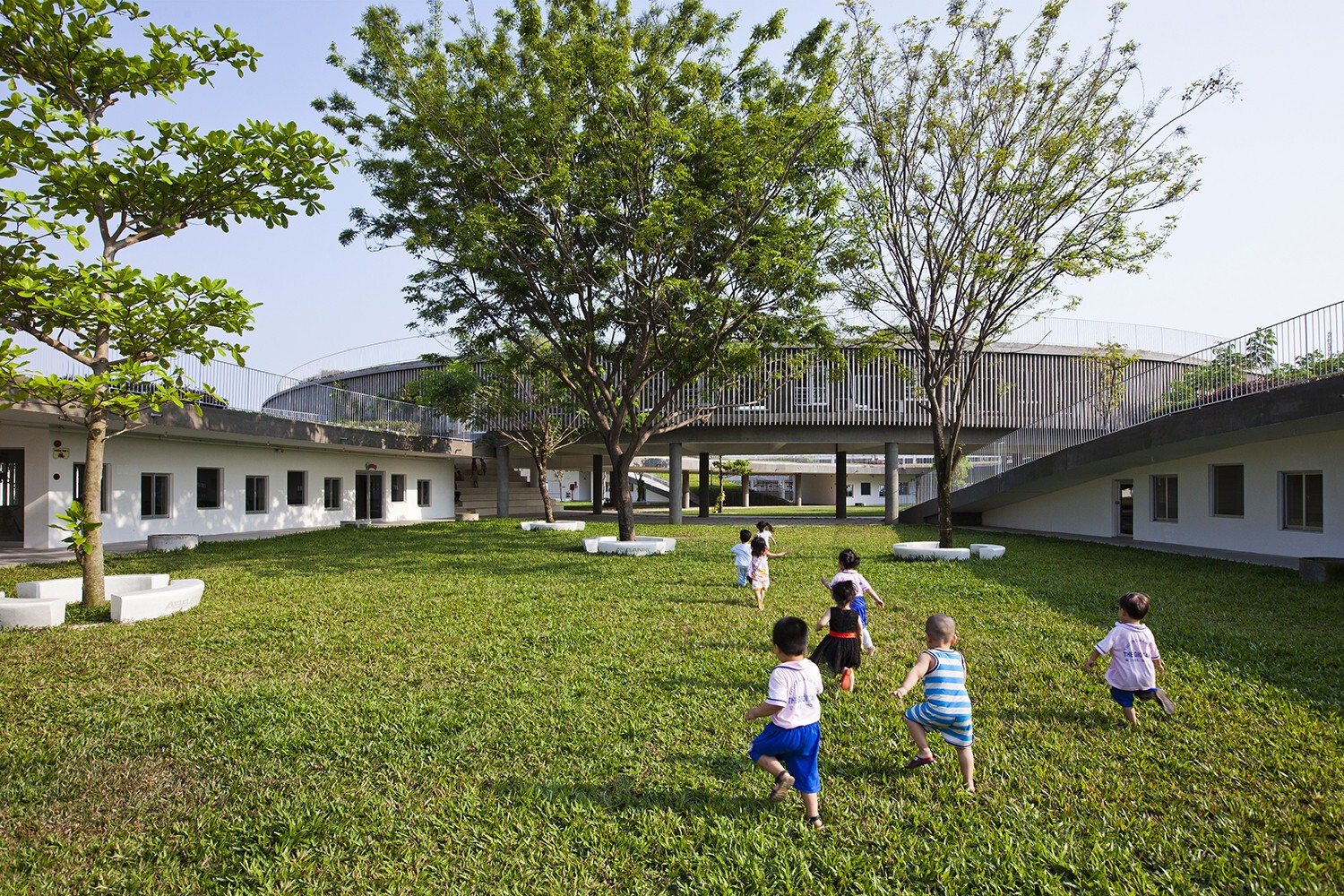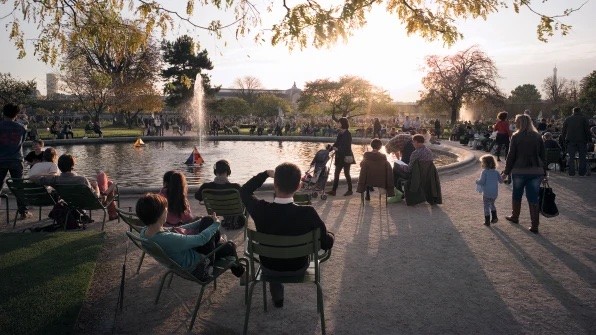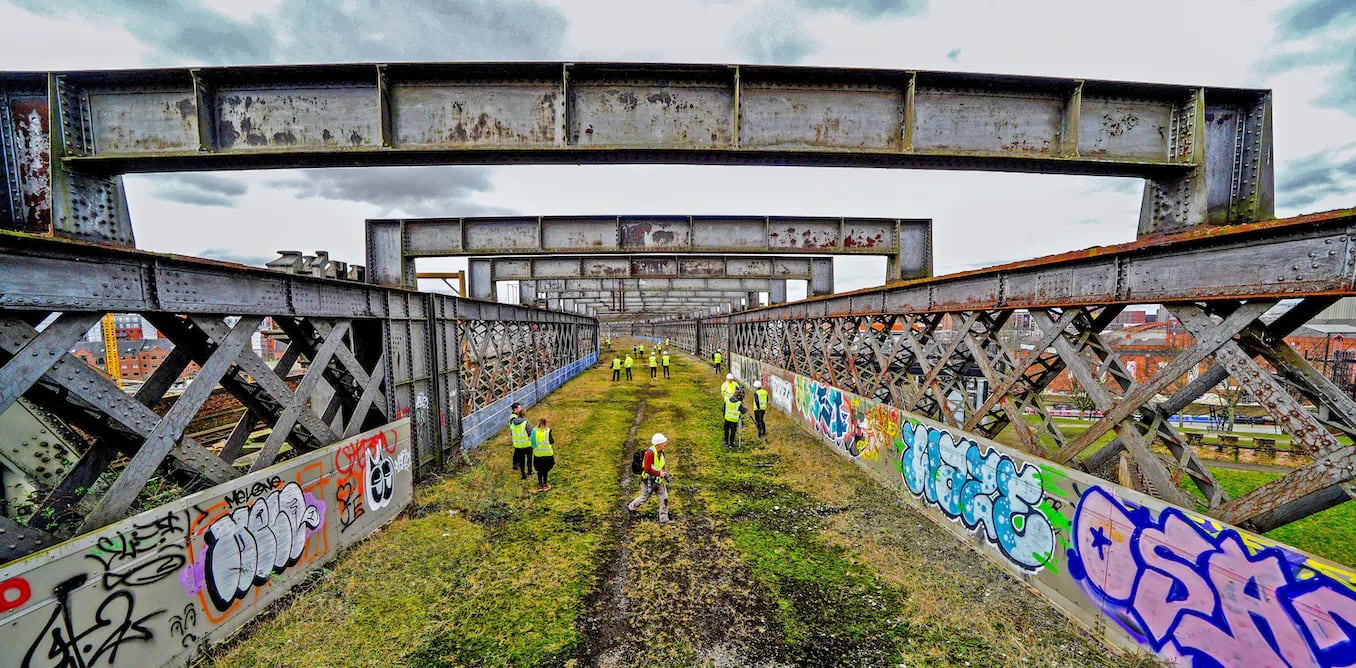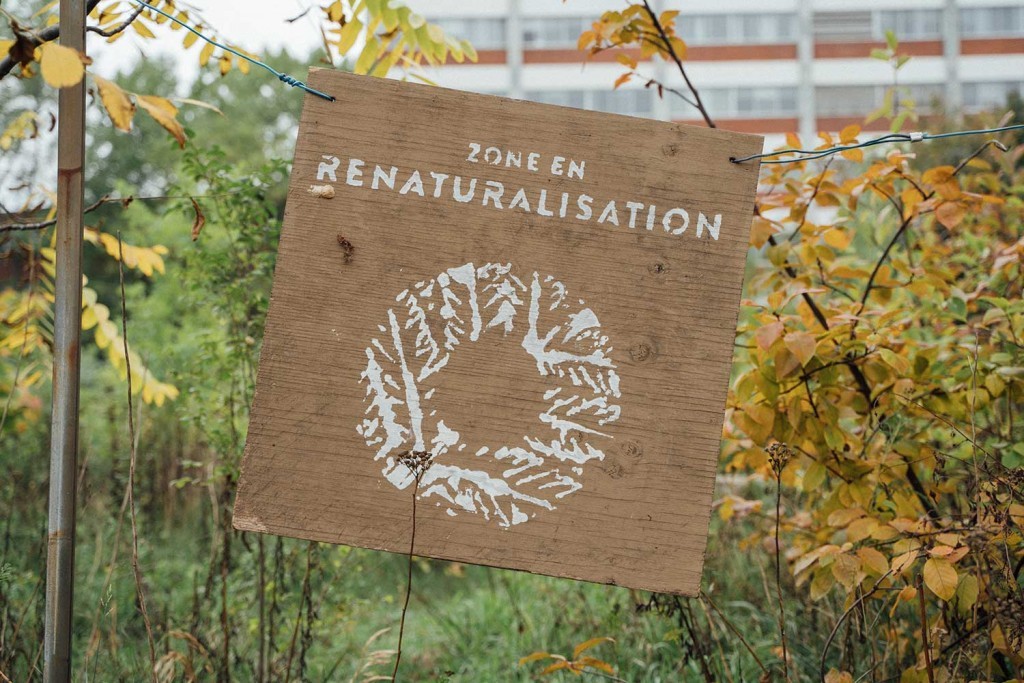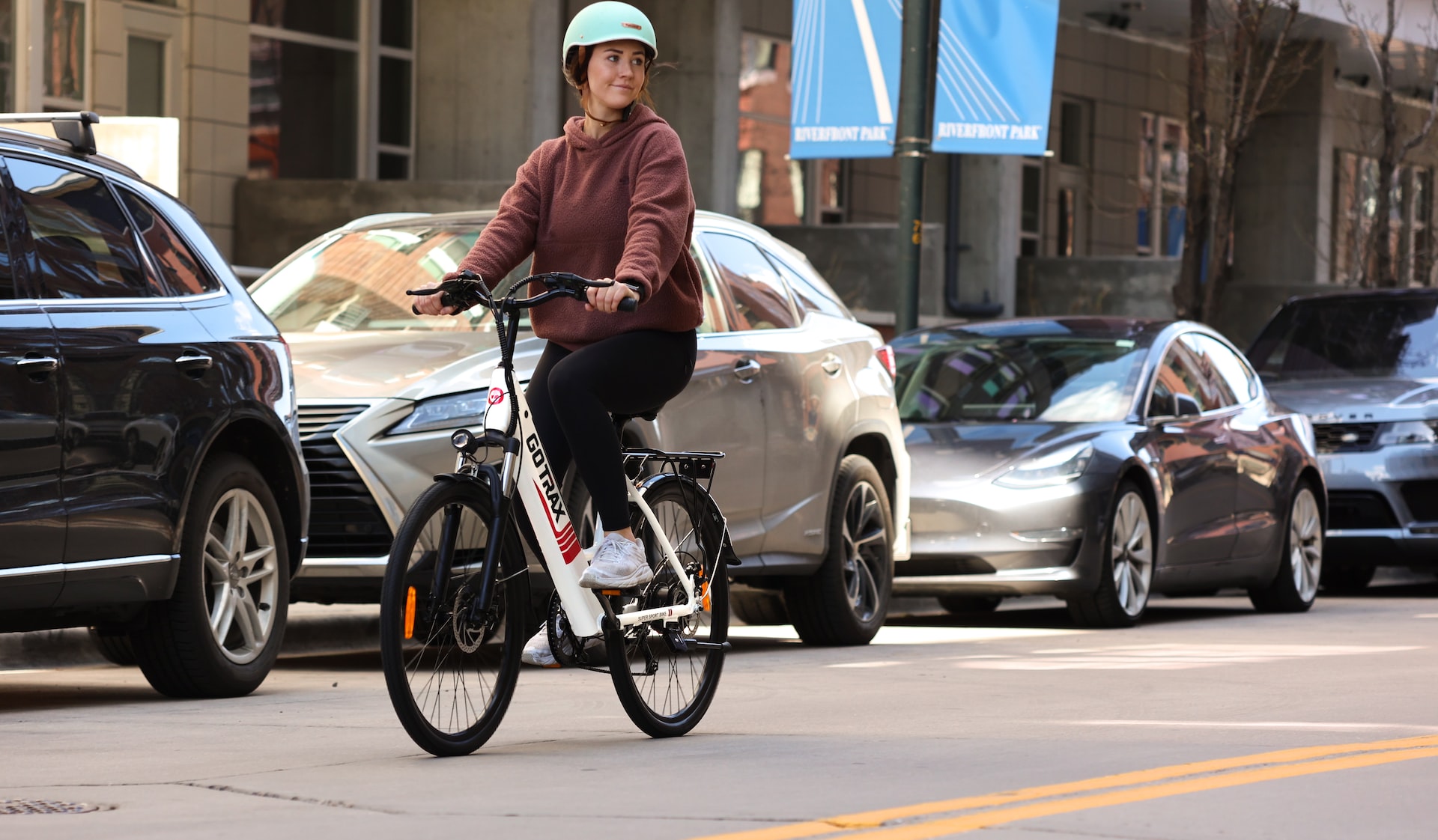Cities for children
There’s a repeating theme I’ve noticed over the last few years’ worth of changes in various cities, something that might be called the “oh, wait” moment. An old, old one we’ve mentioned before is the sidewalk curb-side “notch” which was originally popularized after the second world war when there was a surge of people in crutches and wheel chairs who needed sidewalks to be more accessible but oh, wait… it’s also proven super useful for the elderly and for parents pushing strollers. Recently it’s increased bike paths and pedestrian streets to give people some room during the pandemic but oh, wait… it’s actually appreciated year-long and not only good for active mobility but also for the business of surrounding cafes, restaurants and shops.

